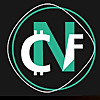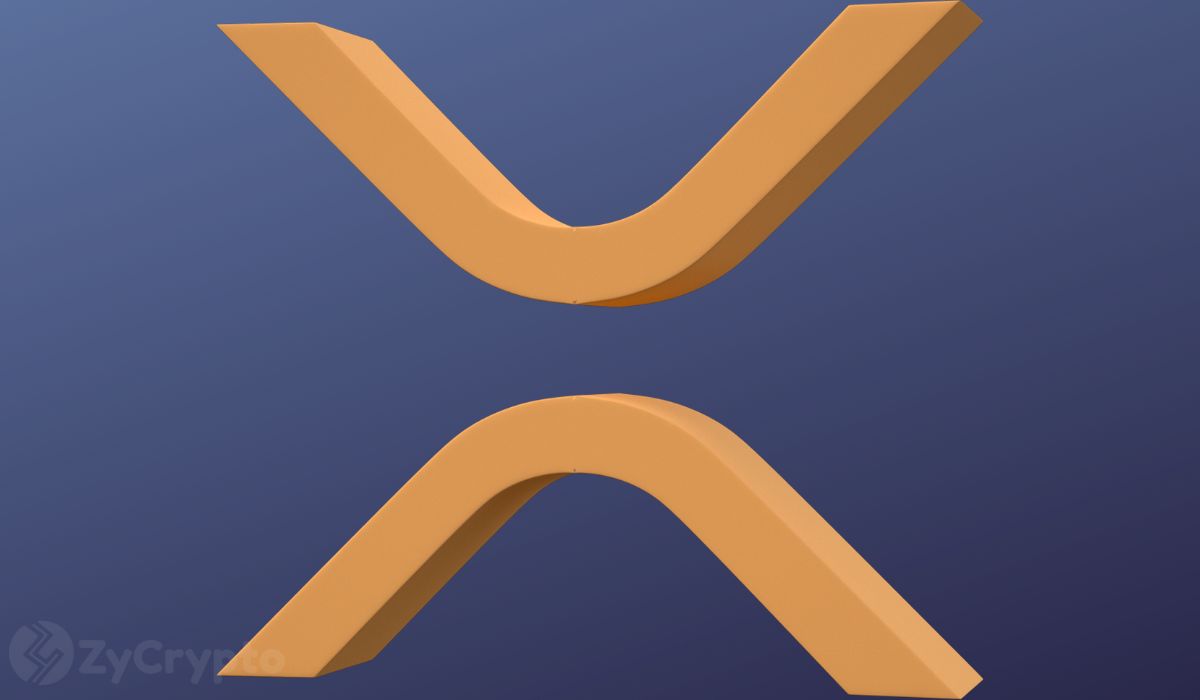ARTICLE AD BOX

As 2024 progresses, the crypto space sees groundbreaking developments to address the most critical challenges in digital finance—security, scalability, interoperability, and privacy. These projects are revolutionizing the blockchain ecosystem, offering unique solutions to drive the next phase of decentralized finance (DeFi) and digital asset management. This article highlights seven standout crypto projects, with a special focus on Qubetics ($TICS), which has introduced gasless transactions that reduce costs and enhance the usability of blockchain networks.
1. Qubetics – Redefining Blockchain Transactions with Gasless Transfers
Qubetics is setting a new benchmark in blockchain technology by tackling one of the most persistent issues in crypto: high transaction fees. Through its innovative gasless transfer feature, Qubetics allows users to transfer its native token, TICS, without incurring gas fees. This makes transactions on the platform smoother, more affordable, and accessible to users globally. The gasless transaction feature is designed to enhance the usability of the network, incentivise adoption, and increase engagement within the Qubetics ecosystem.
Beyond this innovation, Qubetics is an interoperable Layer 1 blockchain that unifies major blockchains like Ethereum, Bitcoin, and Solana. This cross-chain functionality enables seamless asset transfers between networks, reducing friction for developers and users in DeFi and beyond. Whether managing tokenized assets or facilitating cross-border payments, Qubetics’ gasless feature is a significant leap forward in blockchain efficiency.

2. Ethereum – The Foundation of Decentralised Applications
Ethereum continues to be a leader in the blockchain industry thanks to its pioneering smart contract platform. While it has faced challenges with scalability and high gas fees, Ethereum is undergoing its most transformative upgrade with Ethereum 2.0, transitioning from proof-of-work (PoW) to proof-of-stake (PoS). This change is expected to reduce energy consumption, improve transaction throughput, and make the network more sustainable.
Layer 2 solutions like Optimism and Arbitrum also enhance Ethereum’s scalability by offloading transaction loads from the main chain. These developments ensure Ethereum’s continued dominance as a hub for decentralised applications (dApps) and decentralised finance (DeFi) projects.
3. Polkadot – Champion of Interoperability
Polkadot is designed to tackle one of the most pressing challenges in blockchain: interoperability. By enabling blockchains to operate together seamlessly, Polkadot’s parachain technology allows multiple specialized blockchains to run in parallel, increasing scalability and flexibility. The platform’s native token, DOT, is used for governance, staking, and bonding, allowing holders to secure the network and participate in decision-making.
Polkadot’s relay chain connects different blockchains, ensuring secure and scalable communication. With its focus on interoperability, Polkadot is emerging as a critical infrastructure for the decentralized web, enabling projects to work effortlessly across chains.
4. Avalanche – Speed and Scalability at Its Core
Avalanche has become one of the fastest-growing blockchain platforms, renowned for its high throughput and low transaction fees. The network can process over 4,500 transactions per second (TPS), making it one of the fastest available blockchains. Avalanche achieves this scalability through its unique consensus protocol, which guarantees near-instant finality while maintaining decentralization.
Avalanche’s compatibility with the Ethereum Virtual Machine (EVM) enables developers to easily migrate their Ethereum dApps to Avalanche without sacrificing performance. This makes Avalanche a highly attractive option for developers looking for Ethereum compatibility without the associated costs and latency.
5. Chain Link – Bringing Real-World Data to the Blockchain
Chain Link is an essential infrastructure provider for decentralized finance, enabling smart contracts to access off-chain data securely and reliably. Chainlink’s decentralized Oracle network provides tamper-proof data feeds for various use cases, such as DeFi, insurance, and gaming. Chain Link connects blockchains with real-world data sources and empowers smart contracts to interact with external APIs, IoT devices, and financial market data.
This ability to bridge blockchains with off-chain data is crucial for DeFi applications, where accurate price feeds and real-time information are vital for automating complex financial contracts. Chainlink’s expanding ecosystem of partnerships further solidifies its role as a critical infrastructure provider in the blockchain space.
6. Monero – The Gold Standard for Privacy
Monero remains the go-to cryptocurrency for those who prioritise privacy. Unlike many other blockchains where transactions are publicly visible, Monero uses advanced cryptographic techniques, including ring signatures and stealth addresses, to ensure that both sender and recipient information remain private. This makes Monero a popular choice for users seeking to maintain complete anonymity in their transactions.
Monero’s privacy-focused blockchain also uses a dynamic block size, which allows the network to handle high transaction volumes without compromising speed or security. Monero remains a leader in ensuring confidential and secure transactions as privacy concerns grow in the digital world.
7. Cosmos – The Internet of Blockchains
Cosmos stands out for its focus on enabling communication and interoperability between independent blockchains. Its Inter-Blockchain Communication (IBC) protocol allows different blockchains within the Cosmos ecosystem to interact seamlessly, facilitating the transfer of assets and data across chains. This modular approach helps developers build custom, interoperable blockchains that scale efficiently while maintaining security.
Cosmos uses a consensus mechanism called Tendermint, which ensures high throughput and energy efficiency. Its native token, ATOM, is used for governance and staking, ensuring the network’s security. With its emphasis on interoperability, scalability, and sustainability, Cosmos is a key player in the evolution of decentralised finance.

Conclusion: Qubetics Leading the Future of Blockchain Innovation
In the fast-evolving blockchain world, these projects pave the way for more scalable, secure, and interoperable digital ecosystems. Qubetics, with its groundbreaking gasless transactions feature, stands at the forefront of this innovation, reducing transaction costs and boosting blockchain adoption. Whether it’s cross-chain interoperability from Polkadot, Ethereum’s smart contract dominance, or Avalanche’s high-speed transactions, each project on this list is driving the future of decentralised finance.
By solving key challenges in the blockchain space, these projects are setting the stage for a more efficient and inclusive digital finance ecosystem. With its forward-thinking features, Qubetics continues to lead the charge in ensuring a more seamless and cost-effective blockchain experience for users and developers alike.
Learn More About the Best Presale Crypto
Qubetics: https://qubetics.com
Telegram: https://t.me/qubetics
Twitter: https://x.com/qubetics
.png)
 1 month ago
3
1 month ago
3








 English (US)
English (US)